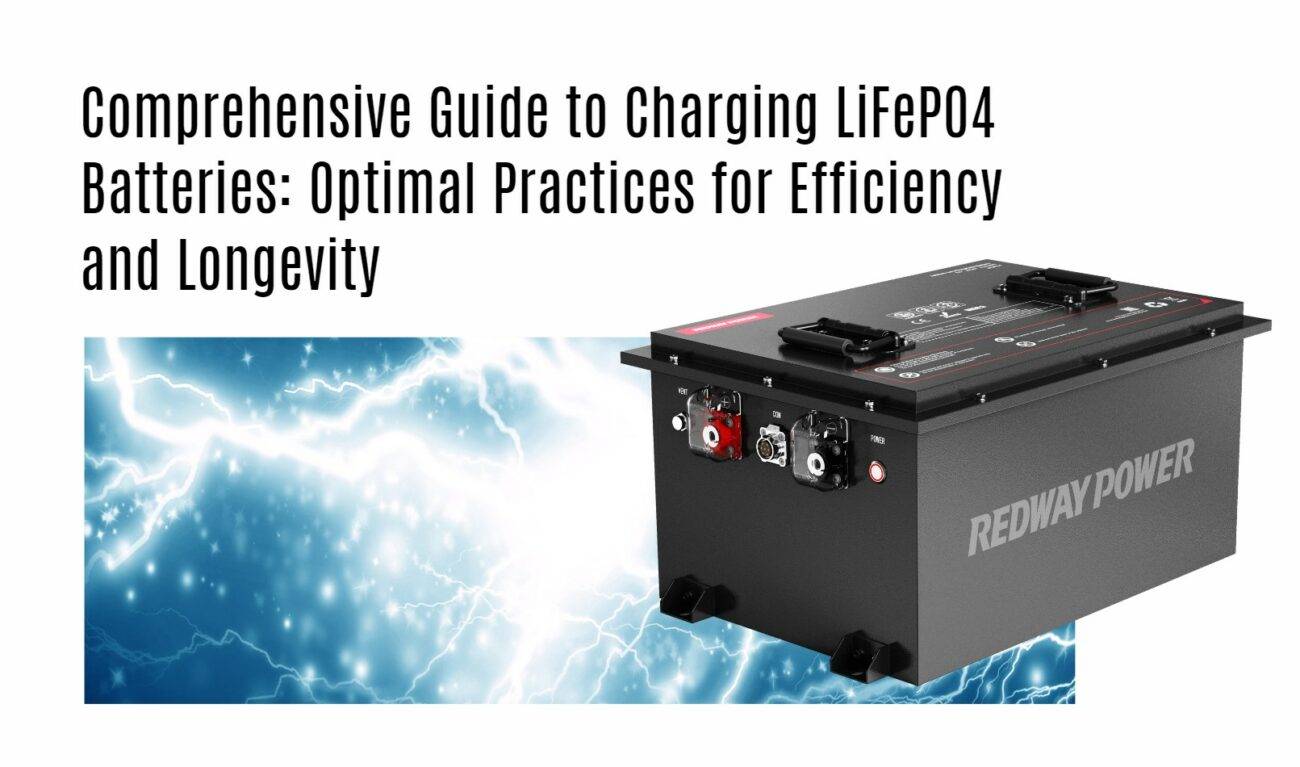How do you evaluate the cost-effectiveness of a LiFePO4 battery solution from a specific manufacturer? Assess cycle life, energy efficiency, warranty, and maintenance costs. A higher upfront cost can be justified by longer lifespan, safety, and lower replacement frequency, making LiFePO4 batteries a valuable investment over time.
How do you calculate the Total Cost of Ownership (TCO) for a LiFePO4 battery solution?
To calculate the Total Cost of Ownership (TCO) for a LiFePO4 battery solution, consider the initial purchase price, installation costs, maintenance expenses, replacement frequency, energy efficiency, and disposal costs. Calculating the TCO helps determine the long-term financial implications of your investment.
What role does cycle life play in determining the cost-effectiveness of LiFePO4 batteries?
Cycle life plays a critical role by dictating how long the battery can perform before needing replacement. LiFePO4 batteries typically offer a longer cycle life (2,000-5,000 cycles) compared to other battery types, reducing replacement frequency and contributing to overall cost savings.
How does energy efficiency impact the long-term cost savings of LiFePO4 batteries?
Energy efficiency impacts cost savings by reducing energy loss during charging and discharging. LiFePO4 batteries have high energy efficiency (upwards of 90%), ensuring more stored energy is available for use, lowering electricity bills and improving overall cost savings.
Also read:
LiFePO4 Batteries: Are They Worth the Investment?
LiFePO4: What’s Tough About Making Them?
LiFePO4 Batteries: Why Customer Service Matters?
LiFePO4 Batteries: How Shipping Rules Shape Manufacturing?
What factors should you consider when evaluating the manufacturer’s warranty for LiFePO4 batteries?
When evaluating a manufacturer’s warranty, consider the duration, coverage scope, and conditions. A comprehensive warranty protects against defects and performance issues, providing peace of mind and potential cost savings in case of malfunctions.
How does the Levelized Cost of Storage (LCOS) help in comparing LiFePO4 battery solutions?
The Levelized Cost of Storage (LCOS) provides a standardized metric for comparing the cost-effectiveness of different energy storage technologies. It accounts for all costs over the battery’s lifetime, divided by the total energy delivered. Lower LCOS values indicate better cost-effectiveness.
How do safety standards and certifications affect the cost-effectiveness of LiFePO4 batteries?
Safety standards and certifications (e.g., UL, CE, IEC) ensure the battery meets safety requirements, reducing the risk of accidents and liabilities. Compliance with these standards may increase upfront costs but can prevent significant financial losses due to safety-related incidents.
How does battery performance in specific applications influence its economic value?
Battery performance in specific applications influences economic value by optimizing efficiency and reducing downtime. For example, in solar energy storage, reliable performance during peak demand hours maximizes the value of stored energy. The suitability of LiFePO4 batteries is highly beneficial in such applications.
What are the typical maintenance costs associated with LiFePO4 batteries and how do they affect TCO?
LiFePO4 batteries typically have minimal maintenance costs compared to other battery chemistries, such as lead-acid, due to their robust stability and lack of need for regular upkeep. This reduces the overall TCO by lowering operational expenses.
How do transportation and installation costs factor into the overall expense of a LiFePO4 battery system?
Transportation and installation costs can significantly impact the overall expense, especially for larger systems. These costs should be factored into the TCO calculation to provide an accurate assessment of the battery’s economic viability.
How does battery design influence the cost-effectiveness of a LiFePO4 solution?
Battery design influences cost-effectiveness through its impact on energy density, thermal management, and lifespan. Optimized designs enhance performance and extend the battery’s operational life, leading to greater long-term savings.
How does comparing LiFePO4 to other battery chemistries (Lead Acid) provide insight into its value?
Comparing LiFePO4 to other battery chemistries, such as lead-acid, provides insight into its value by highlighting the differences in cycle life, energy efficiency, and maintenance requirements. Despite a higher upfront cost, LiFePO4 batteries often prove more cost-effective due to their superior performance and longevity.
How do government incentives and rebates affect the cost-effectiveness of LiFePO4 batteries?
Government incentives and rebates can significantly improve the cost-effectiveness of LiFePO4 batteries by reducing the initial purchase price. These financial incentives should be considered when evaluating the overall economic benefits of investing in LiFePO4 technology.
| Factor | Impact on Cost-Effectiveness |
|---|---|
| Cycle Life | Longer cycle life reduces replacement frequency, lowering long-term costs. |
| Energy Efficiency | High energy efficiency minimizes energy loss, decreasing electricity bills. |
| Warranty | Comprehensive warranty protects against defects, providing potential cost savings in case of malfunctions. |
| Levelized Cost of Storage | Lower LCOS indicates better cost-effectiveness by accounting for all lifetime costs. |
| Safety Standards | Compliance with safety standards reduces the risk of accidents and liabilities. |
| Maintenance Costs | Minimal maintenance costs lower the TCO. |
| Transportation & Installation | Accurate cost assessment ensures realistic budgeting. |
| Battery Design | Optimized designs enhance performance and extend lifespan, increasing long-term savings. |
| Government Incentives | Reduces initial purchase price, improving affordability. |
| Comparison to Lead Acid | Provides insight into the benefits of LiFePO4. |
Expert Views
“Evaluating the cost-effectiveness of a LiFePO4 battery solution requires a holistic approach, considering both upfront costs and long-term benefits,” says Dr. Emily Carter, an energy storage expert at Redway Energy Solutions. “Factors such as cycle life, energy efficiency, and warranty terms should be carefully assessed to determine the true economic value of the investment.”
Conclusion
Evaluating the cost-effectiveness of a LiFePO4 battery solution involves a comprehensive analysis of various factors, including TCO, cycle life, energy efficiency, warranty, and maintenance costs. While the initial investment may be higher, the long-term benefits of LiFePO4 batteries, such as longer lifespan, enhanced safety, and reduced maintenance, often justify the higher upfront cost. By carefully assessing these factors, consumers and businesses can make informed decisions and select the most economical and reliable energy storage solution for their needs.
FAQ
- What is the typical lifespan of a LiFePO4 battery? LiFePO4 batteries typically last between 2,000 and 5,000 cycles.
- Are LiFePO4 batteries more expensive than lead-acid batteries? Yes, the initial purchase price is generally higher, but the long-term cost is often lower.
- How can I ensure I am getting a high-quality LiFePO4 battery? Look for reputable manufacturers, certifications, and comprehensive warranties.
- What are the main applications for LiFePO4 batteries? They are commonly used in electric vehicles, solar energy storage, and portable power devices.
- How does temperature affect the performance of LiFePO4 batteries? They perform well in a wide temperature range, but extreme temperatures can impact their lifespan and efficiency.




